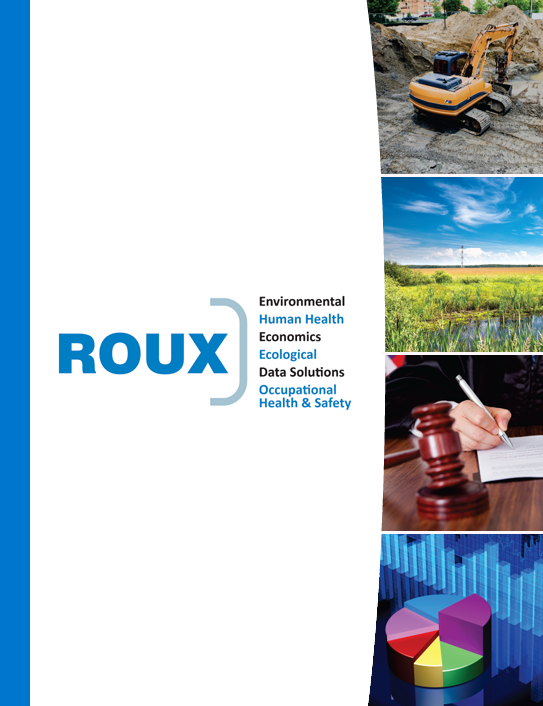Could new NJ air monitoring guidance affect your project?
NJDEP’s New Perimeter Air Monitoring (PAM) Technical Guidance and How It May Affect Your Project
In December 2023, the New Jersey Department of Environmental Protection (NJDEP) released a guidance document on Perimeter Air Monitoring (PAM). The PAM document contains guidance for those responsible for remediating sites under the NJDEP’s Contaminated Site Remediation and Redevelopment (CSRR) program. The NJDEP will allow a 6-month “phase-in” period between the date when the technical guidance is released and the time its implementation must begin, which is approximately on June 4, 2024.
Applicability
A PAM Plan is required at contaminated sites where remediation activities have the potential to generate air emissions for a project duration exceeding 20 working days within a 30-day period, and where off-site receptors may be impacted by emissions-generating activities. In situations where emissions-generating activities will be completed in 20 working days or less, PAM Plan applicability will be at the discretion of the NJDEP or a Licensed Site Remediation Professional (LSRP). Potential reasons for requiring a PAM Plan for projects less than 20 working days may include contaminant-specific concerns, the presence of sensitive receptors, community concerns, the presence of free product, or the established historical need for monitoring.
Potential Challenges
The development of the PAM Plan, its implementation, and the subsequent reporting will require specific expertise and site knowledge. The details of a PAM Plan will be dependent on site-specific information and will require careful review and analysis of soil sampling data and proposed remedial strategy. Listed below are some of the requirements outlined in the NJDEP guidelines:
- Development and submission of the PAM Plan and the final PAM Report as part of the Remedial Action Workplan (RAWP) and the Remedial Action Report (RAR), respectively.
- Identification of potential for airborne exposure to surrounding communities through development of a Conceptual Site Model (CSM).
- Use of NJDEP-developed software (PAM Calculator) to develop site-specific Health-Based Threshold Values (HBTVs) and Response Levels (RLs).
- Development and implementation of air monitoring strategies, including real-time monitoring and analytical sampling. Additionally, identification of monitoring locations and sampling schedules.
PAM Plan Benefits
A PAM Plan can provide multiple benefits to your project, which include, but are not limited to the following:
- Protection of surrounding communities and sensitive populations from potential airborne exposure related to remedial activities.
- Compliance with NJDEP regulatory requirements.
- Maintaining positive public relations with surrounding communities.
What can Roux do to help?
Roux’s engineering, scientific, and health and safety experts will work together to provide a custom approach to your remediation project needs, including development of a site-specific PAM Plan. Additionally, Roux has the ability and technical knowledge to provide in-the-field support for implementation of your PAM Plan, balancing quality with affordability while satisfying regulatory requirements. To provide top-notch service, all aspects of the PAM process will be completed with the help of Roux’s Certified Industrial Hygienist (CIH). To connect with one of our experts regarding PAM preparation, implementation, or reporting, please contact us below.

